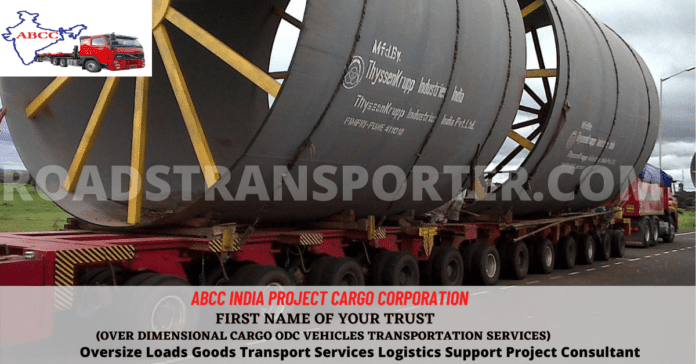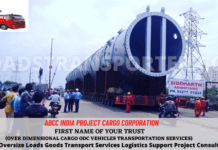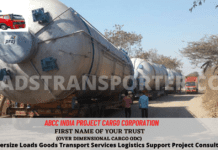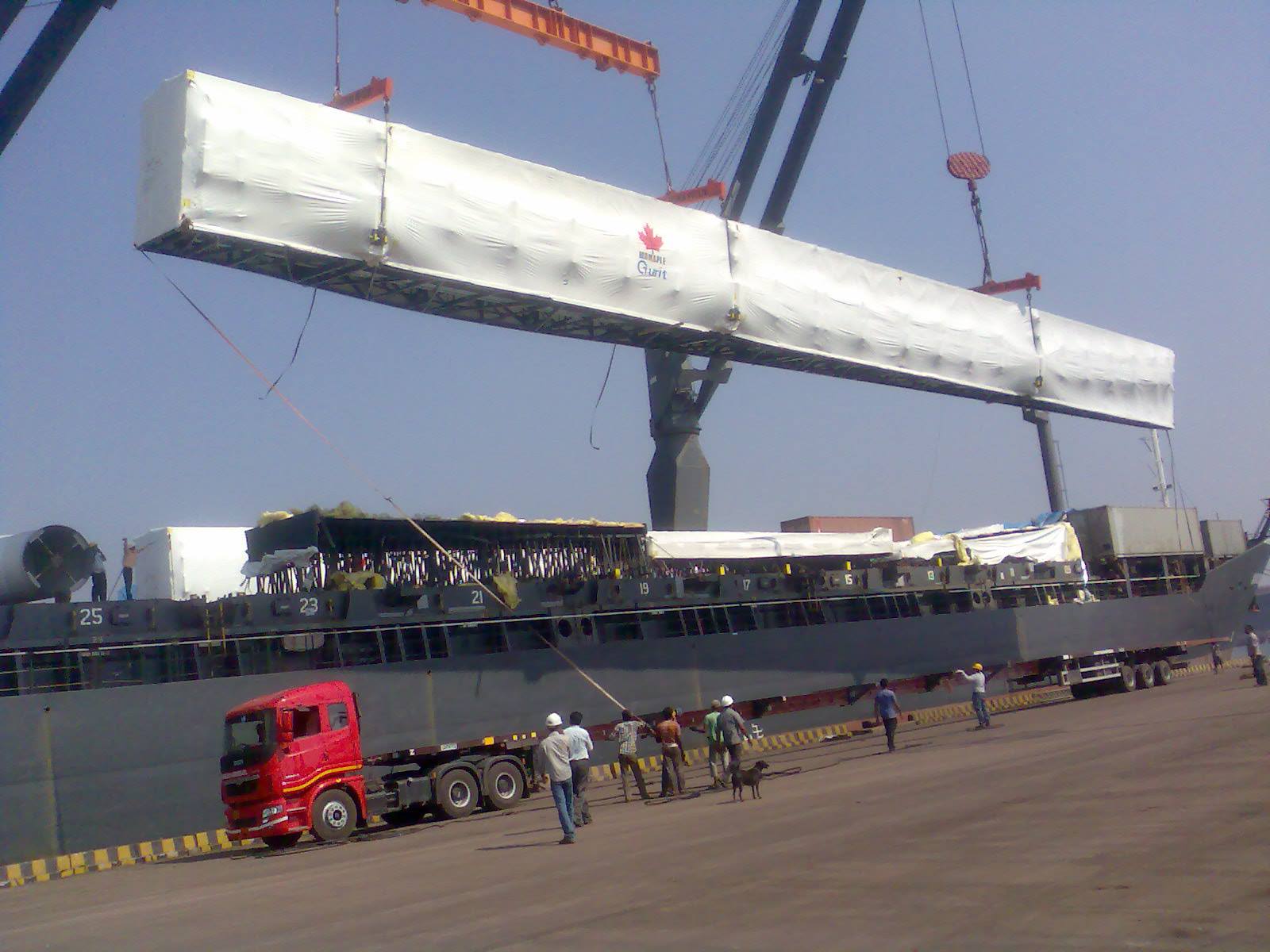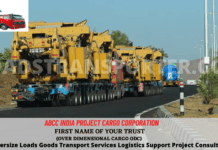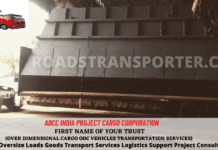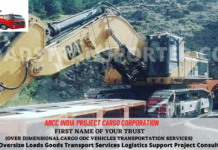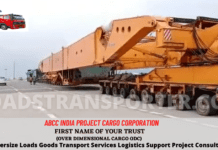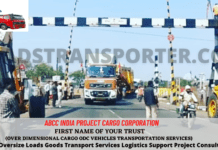Over dimensional cargo (ODC) is any cargo that exceeds the standard size or weight limitations for a specific mode of transportation. This could mean that the cargo is too tall, too wide, too long, or too heavy to fit inside a standard container or trailer.
Here are some examples of ODC:
- Wind turbine blades
- Aircraft fuselages
- Oil and gas modules
- Bridges and other construction materials
- Heavy machinery
ODC typically requires specialized handling and transport equipment, as well as permits and route planning. The cost of shipping ODC can be significantly higher than the cost of shipping standard cargo.
Here are some of the challenges of shipping ODC:
- Safety: ODC can be a safety hazard if it is not properly secured or transported. It can also create clearance problems on bridges and other infrastructure.
- Permits: ODC may require special permits to be transported on certain roads or highways.
- Route planning: ODC may require special routing to avoid bridges, tunnels, and other obstacles.
- Cost: ODC typically requires specialized equipment and handling, which can be expensive.
Despite the challenges, there is a growing demand for ODC transportation. This is due to a number of factors, including:
- The increasing size and complexity of manufactured goods
- The globalization of trade
- The need for efficient transportation of renewable energy equipment
If you are considering shipping ODC, it is important to consult with a qualified logistics provider. They can help you assess the feasibility of your shipment, develop a safe and efficient transport plan, and obtain the necessary permits.
